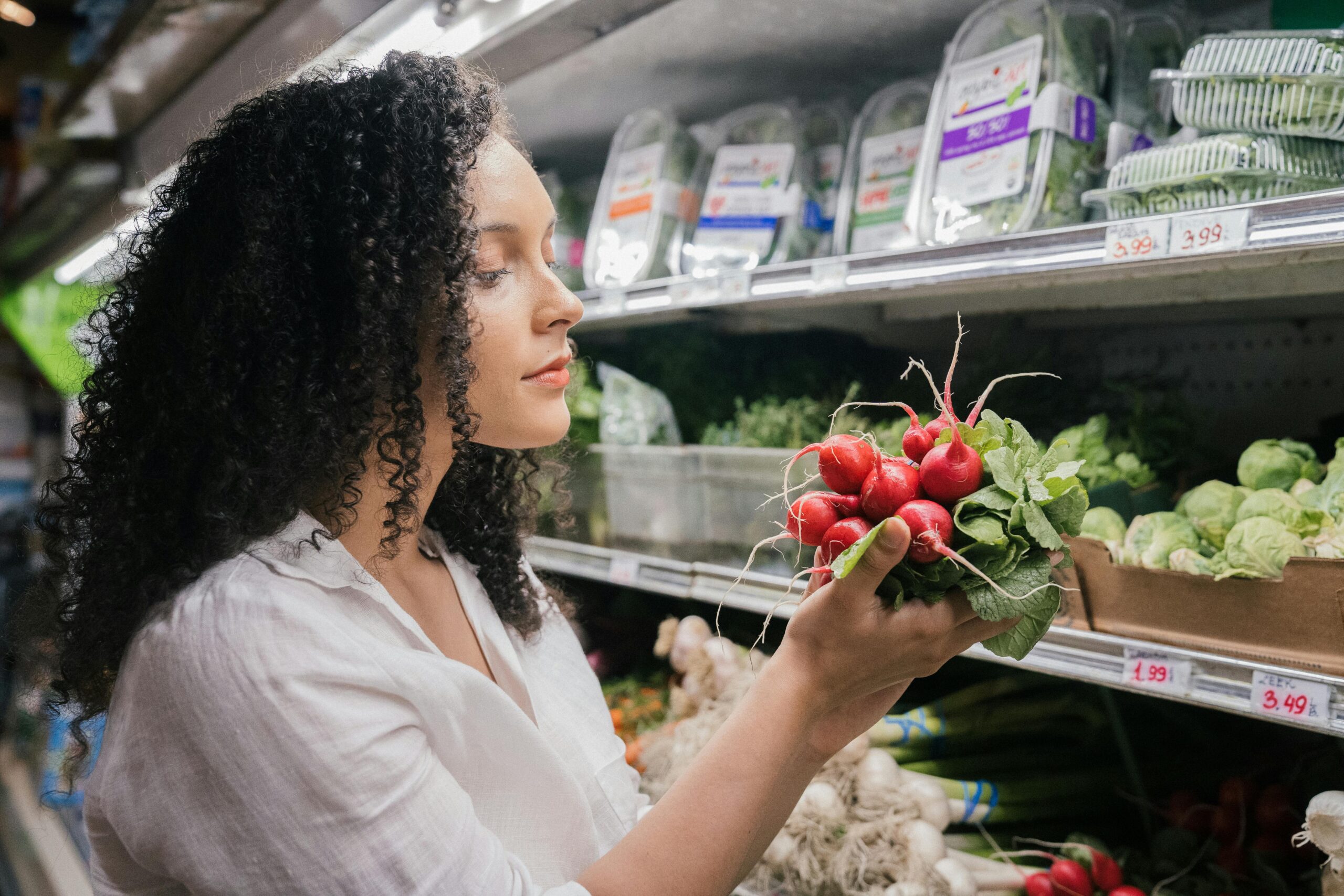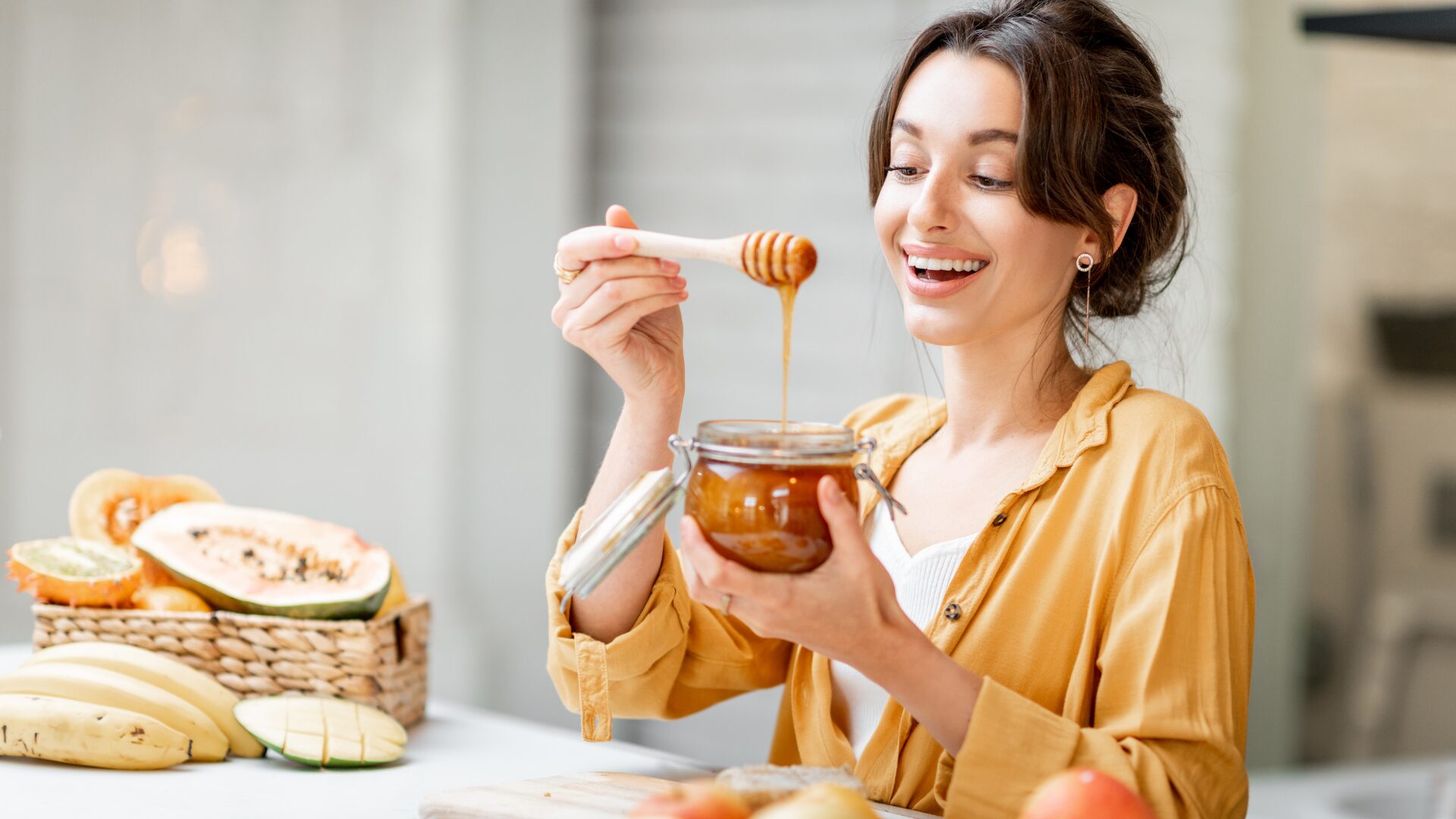Ten years ago, CBD-, plant-, and cell-based variations on food were more science fiction than real products on actual shelves. Online ordering was in its infancy as a market force. And while private labels existed, they were more of a sideshow than a main ring. As these trends have evolved over the last decade, now is a good time to reevaluate and turn to my crystal ball to see what impact they will have on the food and beverage industry in the next few years.
1. The Power of Private Label
Stores are already evolving from simply selling brands to becoming brands. Costco’s Kirkland brand is valued at about $75 billion, making it one of the world’s biggest names in consumer products. Trader Joe’s fills its shelves with private label, as does Kroger and Wegmans. Retailers like Lidl specialize in private label. Of course, private label isn’t new. According to the Harvard Business Review, private labels had higher unit sales than national brands in 77 of 250 supermarket product categories, or nearly one-third, by the late 1990s. They ranked second or third in another 100 of those categories. But this is a rocket that has taken flight.
Expect private labels to continue to grow as retailers seek to cash in on consumer loyalty. Private labels possess higher margins since retailers don’t have to recoup the huge amounts of money they need to spend to market brand names. Private label is reaching into frozen, processed, and prepared foods. While stores outsource manufacturing to make these products, they’ll be growing their own brands.
My prediction: By 2023, private label brands will grow from a minority position to a majority position.
2. Ghost Kitchens Continue to Grow
U.S. online food and beverage delivery was already at about $22 billion in 2019 and is projected to reach $28 billion by 2023, according to Statista. Delivery companies like Grubhub, DoorDash, and Seamless are becoming middlemen for meals. But lately restaurants have begun in earnest to use ghost kitchens, or separate commissaries to fulfill online orders. The idea is to increase production capacity for meals for delivery and, in some cases, to ship direct to consumers. Or some combination thereof. OpenTable gets a cut from restaurants for reservations, while Grubhub and DoorDash take a cut on the delivery end, squeezing restaurants on both sides of the business. As online delivery grows, expect more ghost kitchens to pop up, helping restaurants further capitalize on online ordering. Restaurants cut margins by not needing to make food for online orders at the restaurant, which has higher overhead than a kitchen focusing on delivery.
My prediction: Ghost kitchens will have an increasingly significant impact on restaurant operations and boost delivery revenues for those that manage more of their own online orders by 2022.
3. CBD Moves into Mainstream
CBD currently is regulated by states, leading to a confusing patchwork. But food and beverage companies are investing in and rolling out products with CBD, such as tea and candy, even before federal regulation catches up. USDA and FDA are finally preparing to step into the regulatory pool, sorting out how much CBD can be in products and setting production rules. It will take a while for this to shake out, but national regulation will give clarity to the market, likely providing safety for consumers and standards for manufacturers.
My prediction: By the end of 2022, there should finally be clarity from regulators on CBD infusion in food and drinks.
4. Plant-Based Labeling
Plant-based foods already are taking root, and we’re getting closer to clarity. FDA on Sept. 27, 2019 held a public meeting regarding standards related to “identity,” including plant-based products. As many chains such as McDonald’s and Burger King offer plant-based burgers, the meat industry is getting nervous and pushing back. It’s seeking to limit what you can describe as “meat” or “meat alternatives.” It even raised a scare campaign aimed at consumers, emphasizing some of the less savory plant-based product ingredients. Meat companies want Congress to compel plant-based manufacturers to label their products as “alternative meat” as opposed to “meat.”
Meanwhile, plant-based foods are becoming a bigger part of Americans’ menu. Companies such as Impossible Foods and Beyond Meat are driving the trend and growing their businesses. And where sales catch on, rules follow.
My prediction: This growing industry should be clearer by the end of 2020 as regulators provide guidelines.
5. Cell-Based Clarity
FDA and the USDA recently approved a resolution to jointly regulate cell-based foods grown in labs, but rules are still in the works. There’s already resistance to GMOs, or genetically modified organisms, as opponents push to identify and label these “invented” products. Nevertheless, we’re going to need lab products such as GMOs and cell-based foods to feed the global population, since they could potentially help solve issues of food availability in arid or over-populated areas of the world.
Cell-based foods could lead to carbon emission reductions if they are produced efficiently and as a higher quality product in the lab. Additionally, these products could appeal to animal lovers since they are inherently cruelty-free. The key, however, isn’t just how they are regulated, but whether cell-based foods such as “meatless meat” and “fishless fish” will be accepted by consumers. If consumers will find lab-produced foods palatable is still a question mark.
My prediction: There won’t be real traction until 2023, but it could easily become a major force in the future.
By Louis Biscotti, national leader of Marcum’s Food and Beverage Services group. Reach him at Louis.biscotti@marcumllp.com
(Editor’s Note: This is an edited version of an article that originally appeared in Forbes, Dec. 16, 2019.)









